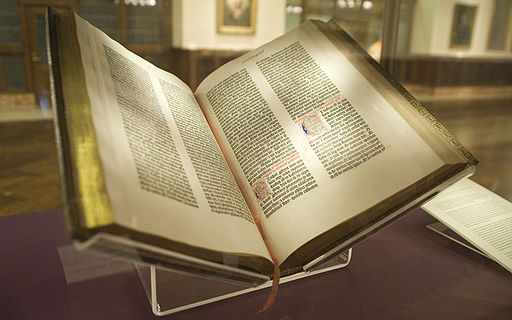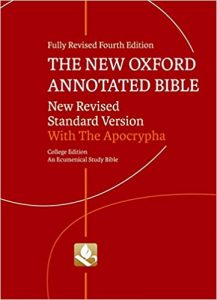Introduction to this Text

What this textbook is:
This book provides an introduction to the Bible, including information concerning its authors, history, structure and content. It is hoped that some of the misconceptions about the Bible are dispelled in this textbook. These problematic perceptions can vary, including ideas that the Bible is somehow a magical book, or was dictated word for word by the divine being to a single scribe, or is a factual modern history of the development of Judaism and Christianity. It is none of these things, and using it in these ways does the Bible a disservice!
The Bible is an anthology of books, letters, poems, stories, and so much more that come from diverse times and places. It is important to think of it like this, rather than as a single, unified book. Biblical narratives contain difficult and complex themes. In it are some flawed, sometimes frightening, often passionate, and certainly truly human characters.
The Bible is not made up of pretty stories about perfect persons. The Bible is, instead, an account of the important stories, the developing faith, and the valued writings of many people rather than a book of fixed, logical, and consistent theology. More importantly, the Bible was written by many human contributors with seriously diverse perspectives, written over a period of hundreds of years, and reflecting some conflicting viewpoints. One might expect to find conflicts, disagreements and inconsistency when these mostly oral narratives, stories, histories, hopes and struggles are committed to writing over such a long period of time, and in multiple and widespread locations.
For many scholars and students of the Biblical materials, any study of any single part of the Bible is complicated, and should be pursued without assuming that one might find simple answers in the narratives. The materials are often breathtaking, fascinating and intriguing. They are seldom simple.
This textbook is an attempt to understand the creation of the Bible and the types of literature found in it. In the process of reading, it may provide some understanding of the history and development of the Bible, and why this anthology is the beloved and long lasting set of writings that it is for so many people, both those who wrote it, and those who use it today. There is a unique vocabulary used to study the Bible, and so vocabulary words will be highlighted within the text. Diverse scholars will be brought in via their writings to comment on the process of understanding the Bible, varied academic perspectives will be explained, and cultural histories given to help the reader see, understand and grapple with what is found in these readings.
What this textbook is not:
This textbook does not work towards individual faith development. It is not about confirming any specific religious beliefs, nor is it about taking any specific positions on modern ideas about faith. It will not claim sure knowledge of something that cannot be found in historical records, archaeology, or other sources. The text will not claim things as facts that cannot be confirmed somewhere outside of the Bible itself.
The text will not be having any student read the whole Bible. It is huge. The text will be touching on enough excerpts that the reader will be able to do the further study to add to what is included here. The text will encourage students to read specific sections of the Bible. Anyone who uses the text to teach, will also be including their own assignments, resources and ideas to complement this text. Anyone who reads it for fun (are you out there?) can also use this as a starting place for understanding how the Bible came to be what it is.
What you need to have in order to study the Bible:
- a good translation study Bible (not a paraphrase, such as The Living Bible). I suggest the Oxford Annotated New Revised Standard Version, although you could also work with the New English Bible or the New International Version. I would suggest that you avoid older works such as the King James Bible, as the English use of words has changed dramatically since 1611. Good maps will help, and a thoughtful study Bible will have those maps, along with useful footnotes, and accompanying articles to increase understanding of the context of what you might be reading in any given book.
- an approach to learning that allows for new information to be part of the learning journey. People who care about the Bible often get upset or angry when academic approaches to learning about the Bible do not contain the same details, emphases or conclusions as a traditional church or synagogue faith development style Bible Study. There is clearly a place for faith development. This is an academic text, set up for a secular, not a sacred, approach to the materials found in the Bible.
Additional Note:
OER textbooks will frequently be an interesting mashup of various sources, resources, voices and ideas. The unifying link in all of this material is that the editing author chooses what to include, and how to format it. The major voices in each chapter include that of the editing author but also those academics who have made their materials Creative Commons licensed for use, re-use and attribution. Their contributions will be in the bibliography for each chapter of the book, and sometimes in footnoted sections, as well. Parts of each chapter are written by these outside scholars, and parts by the author of this text. These are frequently woven together in any one paragraph or page! Understanding how this composition process works is helpful when considering using an OER textbook as a teacher or as a student.
Jody Ondich
August 7, 2022
Duluth, MN
collection of things

